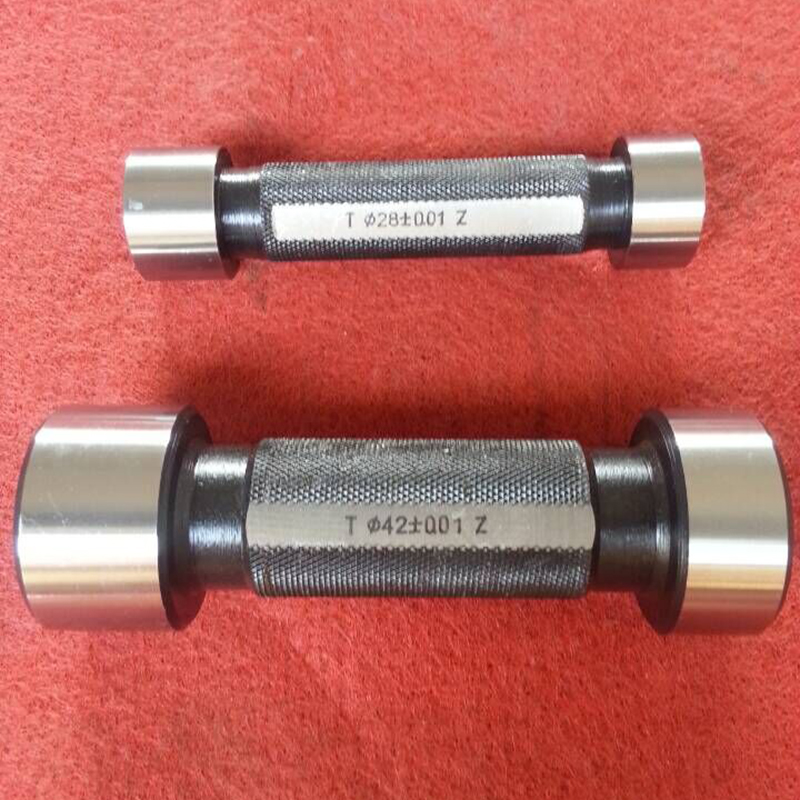Oct . 18, 2024 10:57 Back to list
Check Valve Pricing Analysis and Comparison for Optimal Selection
Understanding Check Valve Prices Factors Influencing Cost and Selection
Check valves are critical components in many fluid systems, allowing or preventing the flow of liquids and gases as needed. As industries expand and technology evolves, understanding the pricing structure of check valves becomes essential for procurement specialists, engineers, and manufacturers. This article delves into the various factors that influence check valve prices, helping buyers make informed decisions.
1. Material of Construction
One of the most significant factors impacting the price of check valves is the material from which they are made. Common materials include stainless steel, brass, PVC, and cast iron, each with differing costs. For instance, stainless steel check valves, known for their durability and resistance to corrosion, tend to be more expensive than those made from PVC, which may be adequate for less demanding applications. The choice of material affects not only the initial purchase price but also the long-term maintenance and operational costs.
2. Size and Type
Check valves come in various sizes and types, including swing check valves, ball check valves, and lift check valves. The size of the valve, measured by the diameter of the pipeline, directly correlates with its price; larger valves require more material and machining, thereby increasing costs. Additionally, the complexity of the valve design impacts pricing. For instance, a ball check valve, which provides a tight seal, might cost more than a simpler swing check valve due to the intricacy involved in its design and production.
Check valves are designed to withstand different pressure levels. Valves with higher pressure ratings are engineered to endure more stress and typically feature reinforced construction, which raises their cost. When selecting a valve, it's essential to consider the operating conditions; opting for a valve with a significantly higher pressure rating than necessary can lead to unnecessary expenses.
4. Brand and Manufacturer
check valve price

Brand reputation and manufacturer reliability play pivotal roles in determining the cost of check valves. Established brands often command higher prices due to their proven track record of quality and performance. However, opting for a lesser-known brand may save money initially but could result in higher long-term costs due to potential reliability issues. It is crucial to balance price with quality to ensure the best total cost of ownership.
5. Market Demand and Supply Chain Factors
Like any product, the cost of check valves can be influenced by market dynamics. Economic conditions, material shortages, and changes in demand can lead to fluctuations in prices. For instance, during times of high industrial activity or supply chain disruptions, the prices of raw materials used in valve manufacturing may increase, thereby affecting the final price to consumers.
6. Compliance and Certifications
In industries with stringent safety and regulatory requirements, the need for compliance can also elevate costs. Check valves that meet specific standards, such as ANSI or API certifications, often have a higher price tag. While these certifications ensure that the valves meet necessary quality and safety standards, they add an additional layer of cost that must be factored into purchasing decisions.
7. Customization and Special Features
Custom check valves, designed to meet unique specifications or applications, usually cost more than standard options. Features like automated actuation or specialized coatings for enhanced corrosion resistance further escalate prices. Buyers should consider their specific needs and determine whether the additional investment in customized solutions would yield long-term benefits.
Conclusion
When evaluating check valve prices, it's crucial to consider various factors, including material, size, type, pressure rating, manufacturer reputation, market dynamics, compliance requirements, and customization options. By understanding these elements, buyers can make informed decisions that align with their budget while ensuring reliable performance and longevity in their fluid systems. Ultimately, investing in the right check valve not only helps optimize operational efficiency but also contributes to overall system safety and reliability.
-
Why Metric Trapezoidal Thread is Ideal for Precision Motion ControlNewsAug.05,2025
-
The Unique Properties of a Block of Granite for Industrial UseNewsAug.05,2025
-
The Role of Flanged Y Strainers in Preventing Pipeline ClogsNewsAug.05,2025
-
The Importance of Regular Calibration for Master Ring GagesNewsAug.05,2025
-
How a Cast Iron Surface Table Enhances Accuracy in ManufacturingNewsAug.05,2025
-
Comparing Different Check Valve Types for Optimal Flow ControlNewsAug.05,2025
Related PRODUCTS









